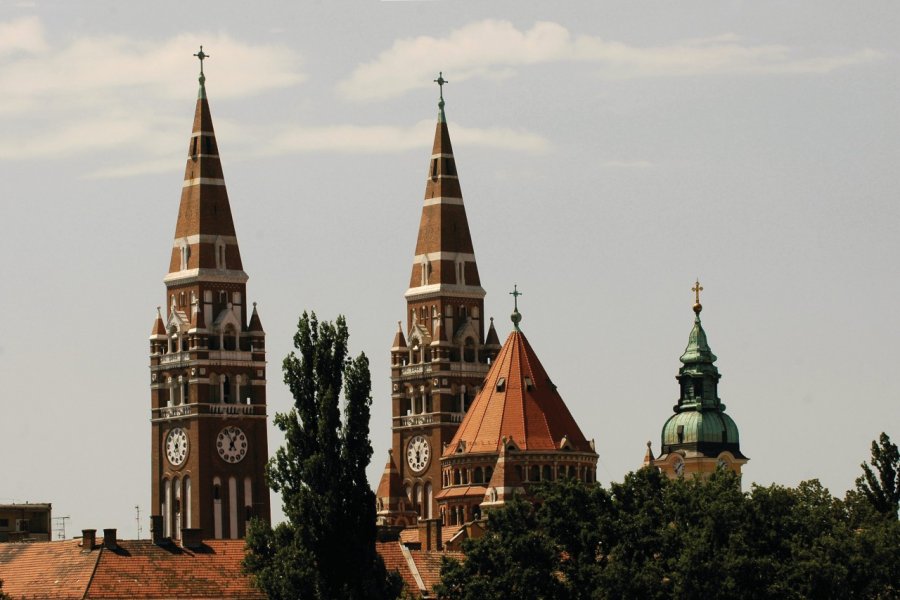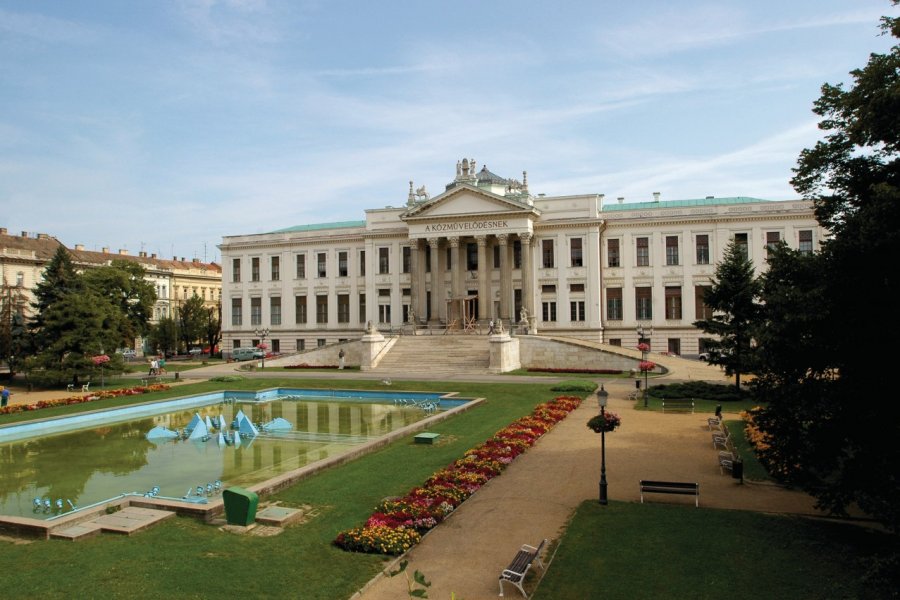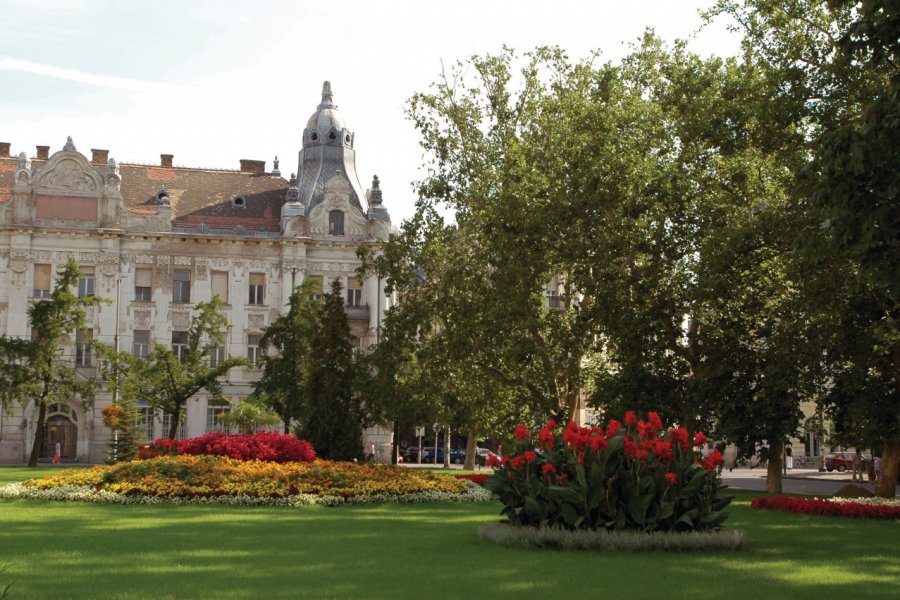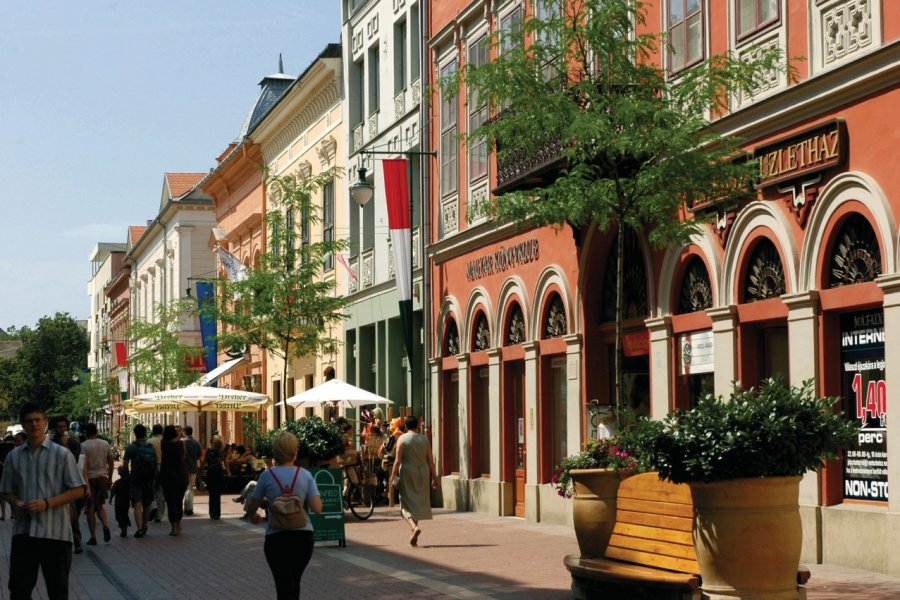Travel Guide Szeged
Find an accommodation
Advertising
Hungary's fourth largest city, Szeged, with a population of 161,000, is twinned with Nice, France. Located near the Serbian and Romanian border, Szeged l'ensoleillé has always been one of the most important cities on the southern Great Plain. Placed on the road of great migrations, the region was populated very early, first by Illyrians, then by Celts and Avars. Attila, king of the Huns, had established a camp there. Szeged's famous slippers, embroidered and hand-stitched, are a legacy of the Turkish occupation. In the Middle Ages, during the time of György Dózsa, it was from Szeged that the peasant revolt of 1514 began. Szeged is located at the confluence of the Tisza and Maros rivers, in a marshy region. Its name comes from the word sziget, which means "island", because the city forms like an island above the marshy lands. Built in the 13th century, the former Szeged Castle was at its highest point. At the end of the 19th century, before its destruction, it was used as a prison; the most famous robber in the region, Sándor Rózsa, spent several years of his life there. After the great flood, the old quarter that once surrounded the castle had to give way to the majestic buildings of the reconstruction. Today, the city extends along both banks of the Tisza River, bordered by wooded parks. The large bridge over the river was built according to Gustave Eiffel's plansThe 1879 flood. In the spring of 1879, the great flood that overflowed the bed of the Tisza completely destroyed the city. Of its 6,000 buildings, only 600 remain standing. Since the reconstruction of Szeged, carried out in a concentric plan around the Tisza, its main boulevards have resembled those of Budapest and even those of Paris. To avoid further disasters, an important system of dams and... a magnificent cathedral were built. Industrialization, which dates back to the end of the 19th century, is based on local raw materials. Even today, textiles and food continue to dominate, despite the discovery of natural gas deposits in the immediate vicinity of the city. Szeged is also one of the most important intellectual centres in the country; it is here that the composer Jenő Huszka, the poet Gyula Juhász and the aesthetic filmmaker Béla Balázs were born.Szeged, university town. The University of Szeged, one of the most important universities in Hungary, is named after the poet Attila József (JATE). He was expelled in 1924 for writing a poem that began as follows: "I have no father, I have no mother, I have no God, I have no country. "During the communist era, the University of Szeged played an important role in challenging the regime. In 1956, she led the student uprisings that shook the country. In the 1980s, it became one of the cradles of the pacifist movement and the Hungarian punk-rock scene.
What to visit Szeged?
Advertising
Weather at the moment
Advertising
Organize your trip with our partners Szeged
Transportation
Book your plane tickets
Car Rental
Boat rental
Accommodation & stays
Find a hotel
Holiday rental
Find your campsite
Tailor-made trip
Immersion travel
Services / On site
Activities & visits
Find a doctor
Szeged travel inspiration
Find unique Stay Offers with our Partners
Pictures and images Szeged
Other destinations nearby Szeged
25 km away


















